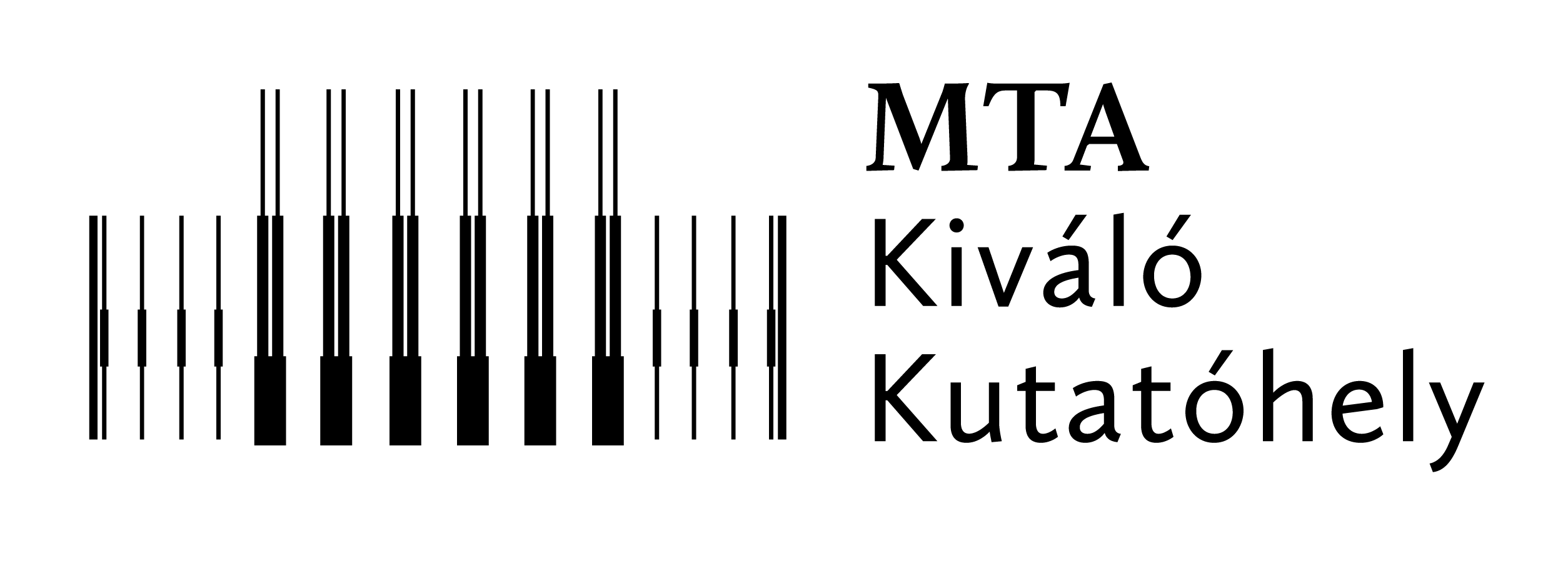Előadó: Mihály Judith (Természettudományi Kutatóközpont, meghívó: Kamarás Katalin)
Előadás címe: Characterization of extracellular vesicles by IR spectroscopy
Helyszín: 1-es épület, Tanácsterem, illetve online: https://wigner-hu.zoom.us/j/95979470230?pwd=YjdaM3lUSVdDbVBhQmNmb29EdWl… Meeting ID: 959 7947 0230 Passcode: 335878
Dátum: 2022. március 22., 10 óra
Összefoglaló:
Extracellular vesicles (EVs) are one of the most attractive and actual research area in biology and nanomedicine with growing interest in clinical applications. EVs are lipid bilayer-enclosed nanoparticles released by cells. They range from 30 nm to several micrometers in diameter, and ferry biological cargos such as proteins, lipids, RNAs and DNAs for local and distant intercellular communications. Hence, they can serve as early state biomarkers of different diseases and/or therapeutic delivery vehicles addressing personalized medicine. As they occur in all body fluids (blood, urine, saliva), EVs are envisioned as 'new-generation' tools for a non-invasive and remote 'liquid biopsy'. Despite intense academic investigation, however, the translation of EV-based diagnostics into clinical use is not realized, due to the lack of standardized isolation and characterization. Infrared spectroscopy (IR) is a label-free method that can detect changes of functional groups in molecules from biological samples, providing a biochemical fingerprint. Our research group was among the firsts performing exploratory IR study on EVs. We selected IR markers to monitor EVs formed and accumulated in vitro during the storage of red blood cells (RBCs). These IR markers alter in function of storage time and medium, and might be indicative for biochemical and morphological changes occurring in blood products. Additional information about biomolecular composition (adenosine triphosphate, lactose, glucose, oxidized haemoglobin, e.g.) empowers IR spectroscopy to be used complementary to traditional omics approaches on EVs. By detailed spectral analysis we identified changes in protein structures and the relative lipid content for different EV subpopulations. Completed with standardized measurement conditions and data processing procedures, IR spectroscopy might offer a simple single assay characterization protocol providing information about proteins and lipids and/or other EV components simultaneously.



